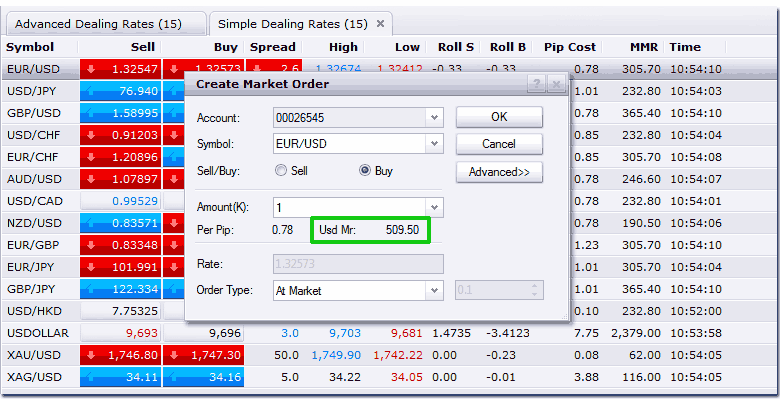Calculating Leverage in Forex
Post on: 6 Июнь, 2015 No Comment

Calculating Leverage in Forex
The concept of leverage is really quite simple, but its true meaning often becomes lost in the mountain of marketing-speak most forex brokers dish out at us traders. The misconceptions always arise as a result of the interchangeable usage of the words margin and leverage . These two concepts are related, but are in fact not interchangeable except in the most extreme (and suicidal) case where a trader decides to use the maximum leverage available to him under the brokers house rules.
Margin — The amount of collateral a customer deposits with a broker when borrowing from the broker to buy securities. This is your account balance when you first open your account.
Leverage * — The use of credit or borrowed funds to increase one’s speculative capacity and increase the rate of return from an investment, as in buying securities on margin, although it can also increase the rate of loss by the same factor. Your leverage depends on the size of the trades you make relative to your account equity, and nothing else, as long as you dont surpass the maximum leverage the broker allows. This value is normally displayed as a DEBT:EQUITY ratio.
Margin requirement expressed as a percentage, the margin requirement is set by your broker to protect itself against traders using too much leverage, or in other words, against traders borrowing more than their collateral would support according to the brokers risk management parameters.
* This definition applies to trading accounts. The more general definition of financial leverage is somewhat more complicated, but luckily it is unnecessary for our current purposes.
So when a brokers marketing team says their margin requirement is 1%, it means that they require 1% of your trade size in order to lend you the amount you need for the trade. For example if you are trading $100,000 position size, then the broker requires $1,000 (1%) of your margin in order to make the loan. As I stated before, this number generally does not vary unless you specifically change the deal with your broker. Furthermore, in this example we know what the margin requirement is, but we dont yet have enough information to calculate leverage, because we dont know what our account equity is (more about this later). Your broker would normally quote that as 100:1 leverage. which is not entirely accurate since our actual leverage also depends on our account equity. What they are actually saying is that your maximum leverage. based on their margin requirement. would be 100:1. How much of that leverage you actually use is entirely up to you, as long as you dont surpass this maximum.

To recap then, the major difference is that the margin requirement is set by your broker, which determines your maximum leverage. How much of that available leverage you use in your trades is entirely your choice. Your broker does not set your leverage. They just set the maximum that you can use. A responsible trader generally never has to worry about this, as the leverage s/he uses is far below the maximum allowed by the broker. Whether a brokers marketing guys offer you 400:1 leverage or 50:1 leverage should not generally make any difference. Lets see first how to calculate leverage, and then why responsible traders never over-use it.
How to calculate true leverage
The term true leverage has been in use recently to differentiate it from the maximum leverage that brokers use in their marketing efforts. A few years ago, the word leverage would have been sufficient to describe what we are calculating, but retail forex marketing lingo has changed the traditional use of the word.
As we mentioned before, leverage in the financial markets is the DEBT:EQUITY ratio, so we need to calculate our debt and our equity (duh).














